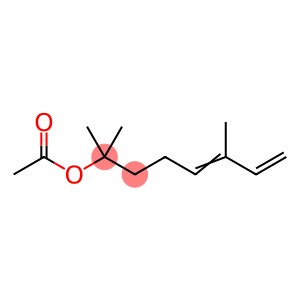2-Nitropropane(CAS#79-46-9)
| Hazard Symbols | T – Toxic |
| Risk Codes | R45 – May cause cancer R10 – Flammable R20/22 – Harmful by inhalation and if swallowed. R68 – Possible risk of irreversible effects R52/53 – Harmful to aquatic organisms, may cause long-term adverse effects in the aquatic environment. |
| Safety Description | S53 – Avoid exposure – obtain special instructions before use. S45 – In case of accident or if you feel unwell, seek medical advice immediately (show the label whenever possible.) S61 – Avoid release to the environment. Refer to special instructions / safety data sheets. S36/37 – Wear suitable protective clothing and gloves. |
| UN IDs | UN 2608 3/PG 3 |
| WGK Germany | 3 |
| RTECS | TZ5250000 |
| HS Code | 29042000 |
| Hazard Class | 3.2 |
| Packing Group | III |
| Toxicity | Acute oral LD50 for rats 720 mg/kg (quoted, RTECS, 1985). |
Introduction
2-nitropropane. The following is an introduction to the properties, uses, preparation methods and safety information of 2-nitropropane:
Quality:
- Appearance: Colorless liquid
- Solubility: Soluble in organic solvents such as ethanol, ether, acetone, etc
Use:
- 2-Nitropropane is mainly used as a component of explosives and propellants, and is commonly used in the manufacture of explosives and rocket fuel.
- It is also used as an important starting point for the synthesis of organic compounds for the preparation of other chemicals.
Method:
- 2-Nitropropane can be prepared by the reaction of glycerol and nitric acid. Glycerol is added to nitric acid, followed by a heating reaction, which finally gives 2-nitropropane.
Safety Information:
- 2-Nitropropane is an explosive compound and must be handled with care to avoid exposure to flammable sources such as open flames, high temperatures, or electric sparks.
- Burns may occur in contact with skin and eyes, wear protective gloves and goggles when operating.
- Keep away from oxidants and combustibles when using or storing, and keep a well-ventilated environment.
- In case of accidental ingestion or inhalation, seek medical attention immediately and provide a safety data sheet for your doctor’s reference.
Use 2-nitropropane with caution and follow safe operating procedures when operating.








